Introduction
Collision coverage is a type of automobile coverage that pays for the repair or replacement of a vehicle in case of an accident caused by a collision with another vehicle or object such as a tree, fence, or pole. This coverage also covers the damages in case the vehicle flips or rolls. Collision coverage also covers the damages under a hit and run case or if there is a collision where no one is at fault. Damage caused to a vehicle by potholes is also covered under this coverage. The damages are paid up to the limit decided while binding the insurance policy.
What is covered under collision coverage?
Collision coverage only covers the damage to the vehicle if it collides with another object. Hitting an animal, or any other living thing is not covered under this coverage and will be covered under comprehensive coverage. Also, this coverage only covers the damages if your vehicle collides with an object and not if the object falls on your vehicle and damage it, for example, if your car collides with a tree, the damages will be covered by collision coverage but if a tree falls and hits your car and damages it, the same will not be covered under collision coverage and can be claimed under comprehensive coverage. Collision coverage does not even cover damage caused due to any natural calamity, theft, or weather conditions and again these are covered under comprehensive coverage.
Collision coverage only covers the cost of damages done to your vehicle whereas other person’s vehicle damage cost is not covered. For example, if you hit a car, only the damages caused to your car will be covered under collision coverage and you will require liability coverage to cover the damage cost of the other vehicle. Similarly, if you hit a fence or a pole, the damages to your vehicle will be covered under collision coverage but the cost bearing the repair of the fence or pole will not be covered. Collision coverage also doesn’t cover any medical costs borne by either of the two parties involved in an accident. If the cost of repairing the vehicle is more than the current value of the vehicle, then the insurance company pays you the current value of the vehicle.
Collision coverage is optional coverage in most of the states. However, while leasing or financing a car, the leasing company or the lender most likely requires you to have collision coverage which in a way proves to be beneficial to you. For example, if you owe $10,000 on your car and the car is beyond repair after an accident, you will not have to pay the entire $10,000 to the finance company if you have collision coverage.
According to the Insurance Information Institute, collision claims are the most common car insurance claims and some of the most expensive claims.
Similarly, collision coverage is optional coverage while opting for watercraft or boat insurance. Under this coverage, a boat or yacht is covered for any damages up to the decided limit in case of a collision with another boat, dock, or on hitting a submerged object. Thus this add-on coverage covers your personal boat or yacht for damages caused by a collision. Damages caused by natural calamities like heavy winds, hurricanes, fires, etc, or damages due to theft, sunken boat, or vandalism are not covered under collision coverage and fall under comprehensive coverage.
AL3 Groups in which collision coverage details are covered
In Personal Line Policies, the details of this coverage can be found in 6CVA and 6CVH Group in the ACORD database.
- 6CVA (Personal Automobile Coverage and Adjustments Group): This Coverage Group is used only for Personal Automobile transactions to fill in coverage details of the policy. In this group, we define the coverage code value for Collision Coverage (COLL) and then specify the limit, which indicates coverage’s limits or increased amounts. Coverages can apply at either the policy or unit at-risk level.
Important elements in this group to get the details:- Coverage Code (Personal Automobile): This data element identifies the type of coverage being requested. To indicate the collision coverage, the COLL code value is used in this field.
Reference ID: ACVCD
Element Number: 01
Length: 005
Class: CD (ACOD Coded)
Data Type: AN (Alpha-Numeric) - Rate: The rate or factor used to calculate the premium for the particular coverage or adjustment defined by the coverage code.
Reference ID: RATE
Element Number: 05
Length: 010
Class: null
Data Type: S5 (Signed Numeric) - Full Term Premium: The full term premium.
Reference ID: FPREM
Element Number: 06
Length: 012
Class: DC (Dollars and Cents)
Data Type: S2 (Signed Numeric) - Limit1: The limit or increased amount of the coverage
Reference ID: PALMT
Element Number: 11
Length: 008
Class: null
Data Type: N0 (Numeric) - Deductible 1 / Discount or Surcharge: The amount of the deductible applicable to the coverage.
Reference ID: PADED
Element Number: 13
Length: 006
Class: null
Data Type: N0 (Numeric) - Deductible 1 Type Code: Used to identify the type of deductible found in element CVA13 – Deductible.
Reference ID: DTYPE
Element Number: 21
Length: 002
Class: CD (ACOD Coded)
Data Type: AN (Alpha-Numeric) - Coverage Effective Date: The date on which the coverage commences.
Reference ID: EFFDT
Element Number: 24
Length: 008
Class: DT8 (Full Date with 4 Character Year)
Data Type: N0 (Numeric) - Coverage Expiration Date: The date on which coverage expires.
Reference ID: EXPDT
Element Number: 25
Length: 008
Class: DT8 (Full Date with 4 Character Year)
Data Type: N0 (Numeric)
- Coverage Code (Personal Automobile): This data element identifies the type of coverage being requested. To indicate the collision coverage, the COLL code value is used in this field.
- 6CVH (Homeowners and Dwelling Fire Coverage and Adjustments Group): This Coverage Group is used only for Watercraft transactions to fill in coverage details of the policy. In this group, we define the coverage code value for Collision Coverage (COLL) and then specify the limit, which indicates coverage’s limits or increased amounts. Coverages can apply at either the policy or unit at-risk level.Important elements in this group to get the details:
- Coverage Code: This data element identifies the type of coverage being requested. To indicate the collision coverage, the COLL code value is used in this field.
Reference ID: HCVCD
Element Number: 01
Length: 005
Class: CD (ACOD Coded)
Data Type: AN (Alpha-Numeric) - Rate: The rate or factor used to calculate the premium for the particular coverage or adjustment defined by the coverage code.
Reference ID: RATE
Element Number: 05
Length: 010
Class: null
Data Type: S5 (Signed Numeric) - Full Term Premium: The full term premium.
Reference ID: FPREM
Element Number: 06
Length: 012
Class: DC (Dollars and Cents)
Data Type: S2 (Signed Numeric) - Homeowner’s Limit1: The total (aggregate) limit of the coverage.
Reference ID: HOLIM
Element Number: 39
Length: 010
Class: null
Data Type: N0 (Numeric) - First Deductible: The Dollar amount or Percentage amount of a deductible applicable to the coverage.
Reference ID: HODED
Element Number: 34
Length: 007
Class: null
Data Type: N0 (Numeric) - First Deductible Type Code: This element is used to identify the type of deductible.
Reference ID: DTYPE
Element Number: 15
Length: 002
Class: CD (ACOD Coded)
Data Type: AN (Alpha-Numeric) - Coverage Effective Date: The date on which the coverage commences.
Reference ID: EFFDT
Element Number: 29
Length: 008
Class: DT8 (Full Date with 4 Character Year)
Data Type: N0 (Numeric) - Coverage Expiration Date: The date on which coverage expires.
Reference ID: EXPDT
Element Number: 30
Length: 008
Class: DT8 (Full Date with 4 Character Year)
Data Type: N0 (Numeric)
- Coverage Code: This data element identifies the type of coverage being requested. To indicate the collision coverage, the COLL code value is used in this field.

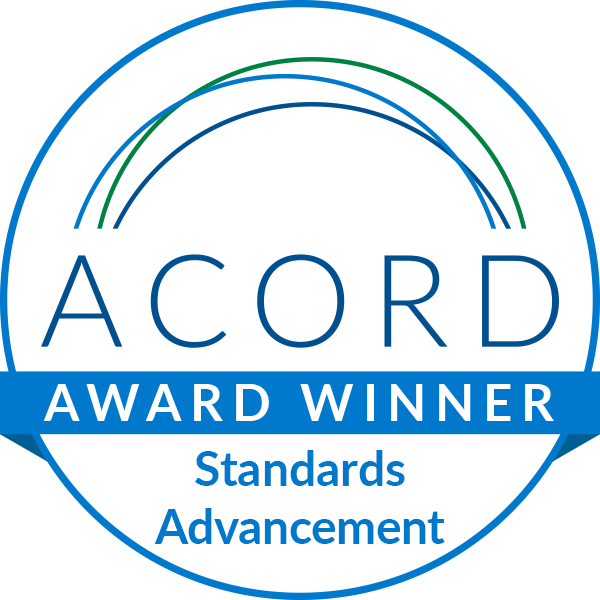

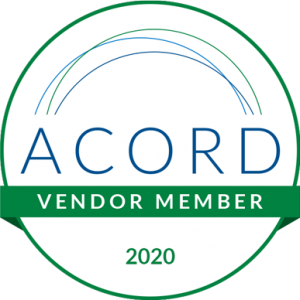
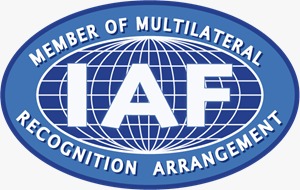
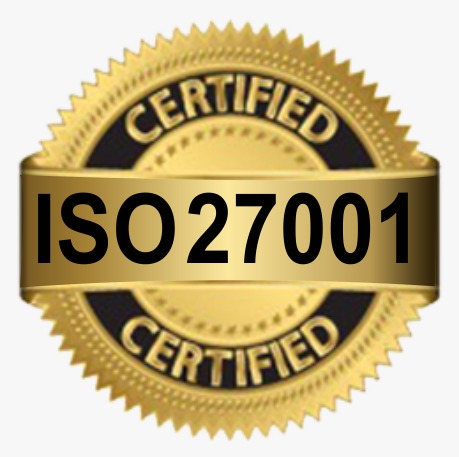
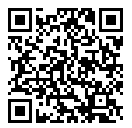
Leave A Comment